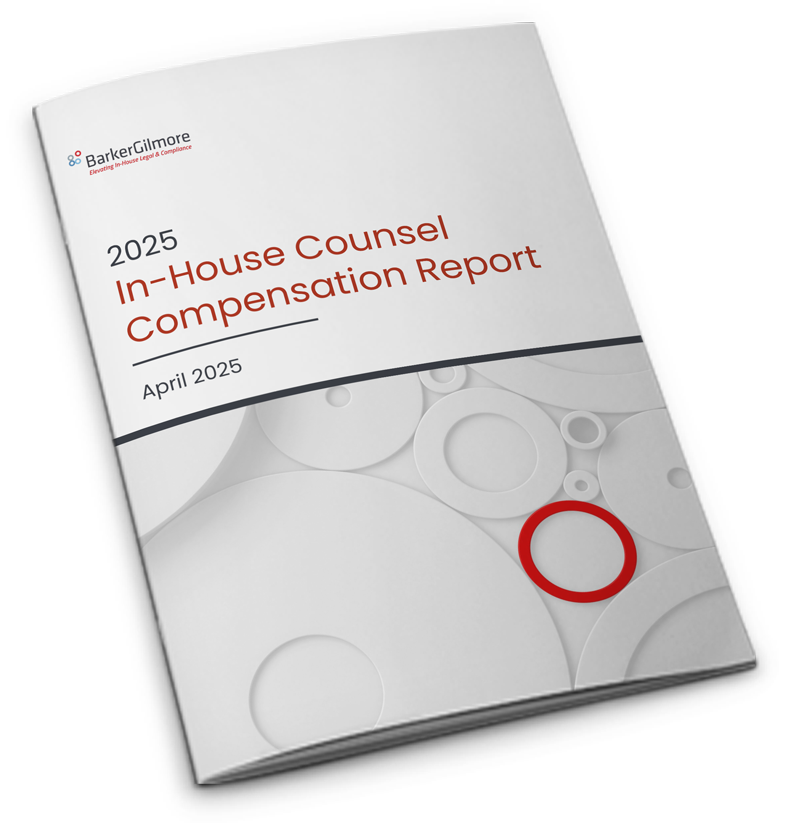Within Fortune 500 companies, it’s unlikely you would find even one that didn’t have a formal CEO succession plan in place. Because it’s difficult to predict when the conditions may occur that tend to dictate when a CEO could or should retire or resign, responsible governance mandates that a thoughtful and strategic CEO succession plan always be in place.
With the continued evolution of GCs in these same companies, from legal advisor to strategic advisor and valued member of the executive team (“GCs: Adding Value to the C-Suite”), fewer than 50 percent of these same companies have formal GC succession plans. Which means that in the event of an unexpected need to transition, these unprepared companies might be forced to go outside for the right candidate because they don’t have an appropriate internal candidate.
And so as not to focus only on the downside of being unprepared for GC succession, consider the following benefits companies can expect to derive from a thoughtful and deliberate approach to succession planning:
- Seamless extended grooming and logical progressive handoff of responsibilities
- Potential for zero disruption in all critical support areas
- Powerful recruitment tool as evidence of advancement and development opportunities
- Ability to hire and train with well-defined ends in mind
- Opportunity to deliberately and strategically fortify bench strength across all needed capabilities
- Demonstrate in tangible terms the increasing importance and role of GC and team, both to team, key stakeholders, and other valued constituents
Here’s what your GC succession strategy needs to consider and should include:
- Include succession planning as a component of the legal department’s strategic planning process, using it as regular opportunity to conduct department capabilities inventory and gap analysis, so succession planning can be viewed in the context of the impact on entire team, from hiring, to training & development, to retaining talent.
- Build organization structure that anticipates promotion to GC from within, and has formalized grooming positions (such as deputy GCs) that can serve as auditions for the position
- Legal department performance reviews should include discussion of the GC role to assess interest and potential fit as input to development plans
- If your goal is to promote from within, all legal hires should be evaluated through the prism of their potential to have the strong strategic and leadership skills required, while also satisfying cultural fit characteristics of the department and company. Consider periodic reviews of potential candidates with key stakeholders, focusing on their respective levels of preparedness and development plans
- Conduct process to identify multiple internal candidates so development plans can be built to address training, exposure, or new responsibilities that will address development needs
- Since succession plans can be triggered by external events or personal situations that make precise timing unpredictable, having multiple candidates gives company leadership the flexibility to make situational decisions in the best interest of the company
- The GC position description and responsibilities should be kept current, so candidates fully understand expectations and the evolving nature of GC
- Provide sufficient opportunities for key stakeholders, including senior leadership and board members, to regularly interact and assess GC candidates once they’ve been identified as potential successors. Their support of a candidate will remove friction from the transition process
Your legacy as GC will be impacted by the ability of the organization to effectively transition to a successor and team that can seamlessly continue the work you’ve started and the trajectory you’ve set in place. Great succession plans only happen as a result of thoughtful foresight, disciplined planning, and a clear vision of the emerging role of the strategic GC and team.
Connect with a legal recruiting advisor
* indicates required fields



